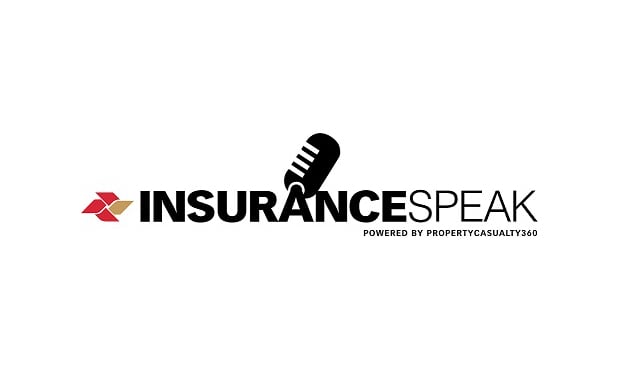Insurance was created to spread risk from individuals to multitudes. Spreading the risk from one person to many is the essence of insurance. The risk-spreading model has taken many forms over the centuries.
In the days of sailing ships and galleys powered by slaves pulling on oars, merchants found shipping to be inherently risky. The risks of shipping by sea were clearly too much for an individual merchant to bear. The loss of one ship could bankrupt a merchant, so the merchants spread the risk of their business enterprises among each other. With rudimentary insurance, the risk of shipping was equitably spread among those subscribing to the loan, and no single merchant suffered when a ship was lost at sea.
Originally, insurers were merely merchants who occasionally invested in insurance. As the volume of trade increased in the seventeenth century, some merchants specialized and became the first professional insurers.
Recommended For You
Want to continue reading?
Become a Free PropertyCasualty360 Digital Reader
Your access to unlimited PropertyCasualty360 content isn’t changing.
Once you are an ALM digital member, you’ll receive:
- Breaking insurance news and analysis, on-site and via our newsletters and custom alerts
- Weekly Insurance Speak podcast featuring exclusive interviews with industry leaders
- Educational webcasts, white papers, and ebooks from industry thought leaders
- Critical converage of the employee benefits and financial advisory markets on our other ALM sites, BenefitsPRO and ThinkAdvisor
Already have an account? Sign In Now
© 2025 ALM Global, LLC, All Rights Reserved. Request academic re-use from www.copyright.com. All other uses, submit a request to [email protected]. For more information visit Asset & Logo Licensing.








